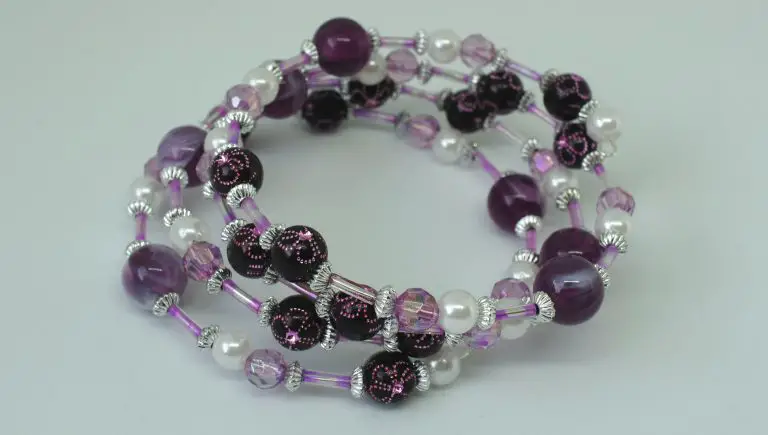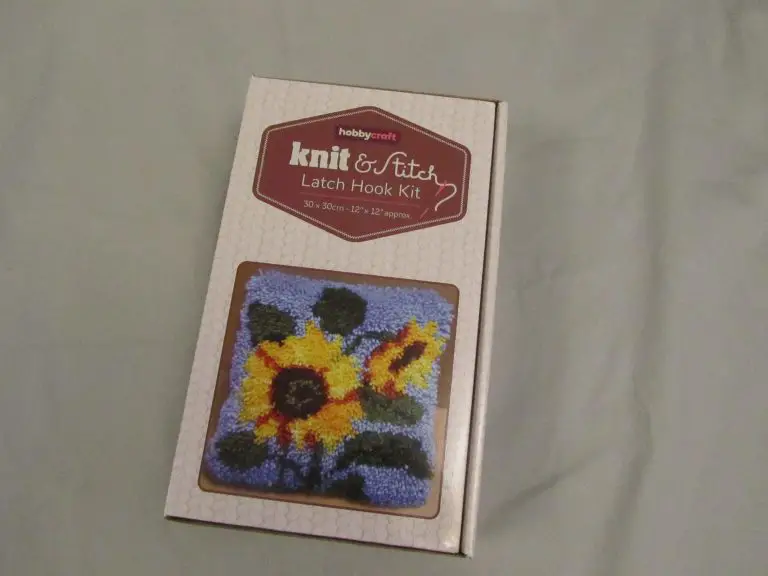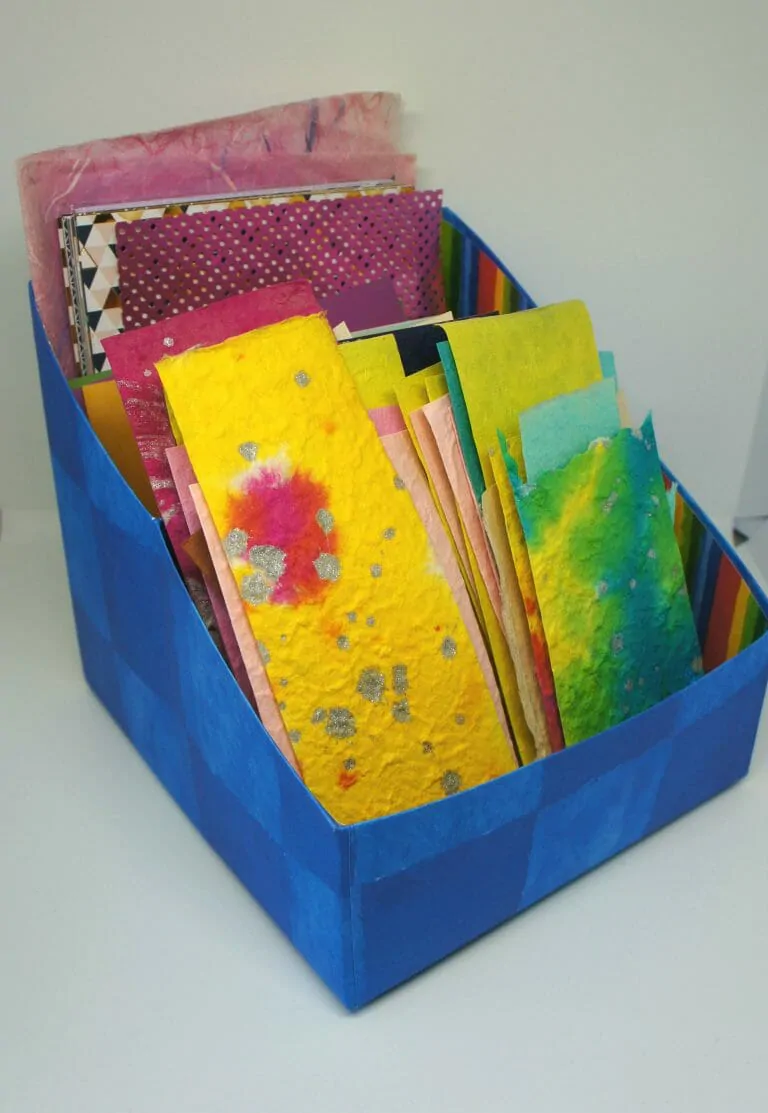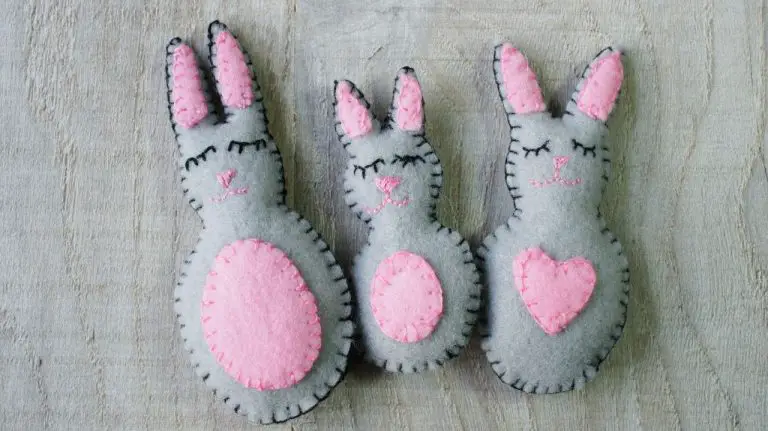Unraveling the Answers: Exploring Common Questions About Crochet
As an Amazon Associate I earn from qualifying purchases
Would you like to learn to crochet or perhaps you already do crochet? Then you probably have loads of questions related to crochet. I am not the leading expert in crochet but I have been crocheting for many years. I was first taught to crochet granny squares by my mum over 40 years ago!
This article will attempt to answer some of your questions and help you to get started or continue along your crochet journey. Have a good leisurely read or select the particular question you need answering from the list.

This page contains affiliate links meaning I earn a small commission if you use those links at no cost to you. I only recommend brands I use and trust.
Is Crochet the same as Knitting?
In a word, no! Knitting is done with 2 needles where as crochet is done with one hook. You use different stitches and as a result can get very different effects. Many people enjoy both yarn crafts but I think that most people would say they have a favourite. I much prefer crochet to knitting.
Is Crochet Easier than Knitting?
This question is absolutely impossible to answer. In my opinion crochet is easier than knitting but I have many friends who disagree (and my mum). There are 2 main reasons why I think it is easier than knitting:
- The work grows quicker
- If I make mistake it is much easier to pull back the work and recover
Please feel free to let me know in the comments at the bottom of this article if you agree or disagree and why. It is a long running debate!
Who invented Crocheting?
The simple answer here is that nobody really knows. Like many crafts it has been identified very early around the world.
One prevailing theory suggests that crochet emerged from ancient Chinese embroidery techniques. Another intriguing idea links crochet to the Middle East, where civilisations were known for their advanced textile arts.
Despite the lack of a definitive origin story, crochet’s evolution is well-documented, particularly in Europe. The first crochet pattern was published in 1829 by French crochet master Mademoiselle Riego de la Branchardiere. Her publication, “Recreations Indienne,” introduced a world to the intricacies of crochet patterns and stitch formations.
Crochet’s popularity soared in the 19th century. The Industrial Revolution also played a significant role in crochet’s widespread adoption. The mass production of yarn made this art form more accessible to a wider audience, and crochet manuals and patterns became increasingly available.
Today, crochet remains a vibrant and dynamic craft, practiced by millions worldwide. From creating decorative home décor to crafting intricate garments, crochet continues to inspire and delight.
Is Crochet Relaxing
Yes, definitely. But I will qualify that with the fact that when you are learning it is obviously a new skill so you may not find it that relaxing to start with. But trust me you will.
The methodical nature of crochet allows for a quiet reflection on the present moment, momentarily detaching from the worries and demands of daily life. This meditative quality has earned crochet a reputation as a stress-relieving activity, and for good reason. Mindfulness may well be a modern idea but crochet has always been achieving that for millions of people.
The repetition is very relaxing but also the tactile nature of the craft adds to the relaxing benefits. The feeling of the yarn passing through your fingers and your project growing is very soothing and rewarding.
All of this was found to be true in an International study to look at the perceived links between crochet and wellbeing.
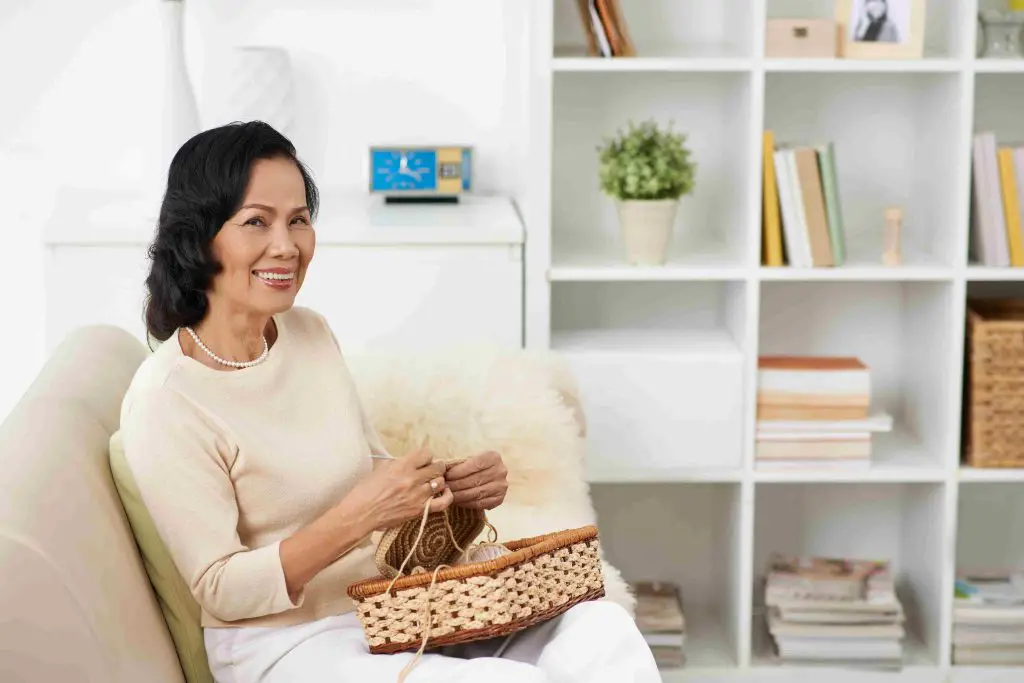
Credit: Photo by depositphotos.com
Is Crocheting good for Arthritis?
As usual, there is some debate about this but it is generally considered a good exercise for people with arthritis. The repetitive hand movements involved in crocheting engage muscles in the hands, wrists, and forearms, promoting flexibility and dexterity. The delicate tension required for precise stitching further strengthens and tones the small muscles in the hands, making crochet a gentle form of exercise.
Some sensible precautions to take are to take frequent breaks and to use ergonomically designed crochet hooks. I do not have arthritis but I find ergonomic crochet hooks are an essential tool for crochet. Also, make sure that you think about your posture and hand positions during crochet.
Is Crochet Good for your Brain?
Absolutely! The repetitive nature of crochet engages the brain in a focused, pattern-recognition process, stimulating neural pathways and promoting neuroplasticity. By that I mean that it helps you work your brain.
There are the obvious benefits of learning a new skill and mastering new patterns and stitches. Learning new skills is a well documented way to improve brain function and help delay or even prevent the onset of age-related cognitive decline, such as dementia and Alzheimer’s disease.
But also, crocheting’s impact on brain health extends to its ability to reduce stress and anxiety as I said earlier in this article. The repetitive motions and tactile engagement of the craft induce a sense of calm and mindfulness, effectively lowering stress hormones and promoting relaxation.
In addition to its cognitive and stress-reducing benefits, crocheting also fosters creativity and self-expression. Experimenting with different patterns, textures, and colors allows crochet enthusiasts to unleash their creativity and bring their unique ideas to life. Isn’t that what all our crafting is about?
Is Crocheting Expensive?
The simple answer is no. You simply need a crochet hook and some yarn and away you go! Obviously you can buy mores supplies including ergonomic crochet hook sets and even light up crochet hooks.
You can use any yarn so use up any you have from other crafts and you can even look for it in charity and thrift shops. Once you are a crochet master you may decide to crochet a fabulous coat made from expensive yarn but most of us don’t!
How do I get started with crochet?
The first thing you need is some basic equipment. Do not be alarmed, to get started all you really need is one crochet hook and some yarn. I always use ergonomic hooks and strongly recommend them but to be honest, to get started use any hook someone will lend (or give) you. See if you like it and then invest in a set of ergonomic hooks.
Personally, I think the best way to start is to watch some YouTube videos or read a few tutorials online. You can get started this way and it hasn’t cost you a penny. Then, if you want to you can buy an online course or attend a course locally later.
The best way is to have a friend who crochets then you can have one to one tuition and someone to help when you get confused or make mistakes. But not all of us are that lucky!
How do I read a Written Crochet Pattern?
This is one of the most common questions about crochet that gets asked but it is not as easy to answer. Like many activities crochet has a shorthand of it’s own and that is what is used in written patterns. If you would like a table of the shorthand used in both US and UK terms then sign up for my newsletter and you will find a table in the resource library.
A key thing to identify when you see any crochet pattern (particularly online) is whether it is US or UK terms. You can use either but you need to be clear which it is as the abbreviations mean quite different things!
What’s the deal with yarn weight and gauge?
Yarn weight refers to the thickness of the yarn, typically ranging from bulky (bulky weight yarn is great for quick projects) to lace (perfect for delicate shawls). It can be tricky when buying yarn as different terms are used across different countries. Always check your pattern and if it uses a term you do not understand simply search it up online. Also, many stores will happily help you with this.
Gauge refers to the number of stitches and rows in a specific area of your crocheting. It’s important to match the gauge specified in a pattern to achieve the desired finished size. This is not as hard as you might think. Don’t worry, most patterns will include instructions for checking your gauge with a swatch!

Crochet Swatch
Credit: Photo by depositphotos.com
Where can I find crochet patterns?
There’s a whole world of crochet patterns waiting to be explored! Many websites and blogs offer free patterns for all skill levels. In fact if you want some easy patterns to get you started why not try making some make up wipes that you get a free pattern for when you sign up to my newsletter above. Or if you are a bit more advanced what about miniature crochet hearts or a round crocheted rug made from free t-shirt yarn?
Ravelry (https://www.ravelry.com/) is a popular online community with a vast library of free and paid patterns. You will definitely find something there and there are lots of great search filters to help you. Books and magazines are also fantastic resources, often featuring curated collections of patterns. Even old magazines can have fabulous patterns in them including the now fashionable granny square projects!
I must add that there is nothing better than visiting a real yarn shop for inspiration and excitement about your crocheting. Plus, they always have knowledgeable staff to guide you about complexity of patterns and appropriate yarns.
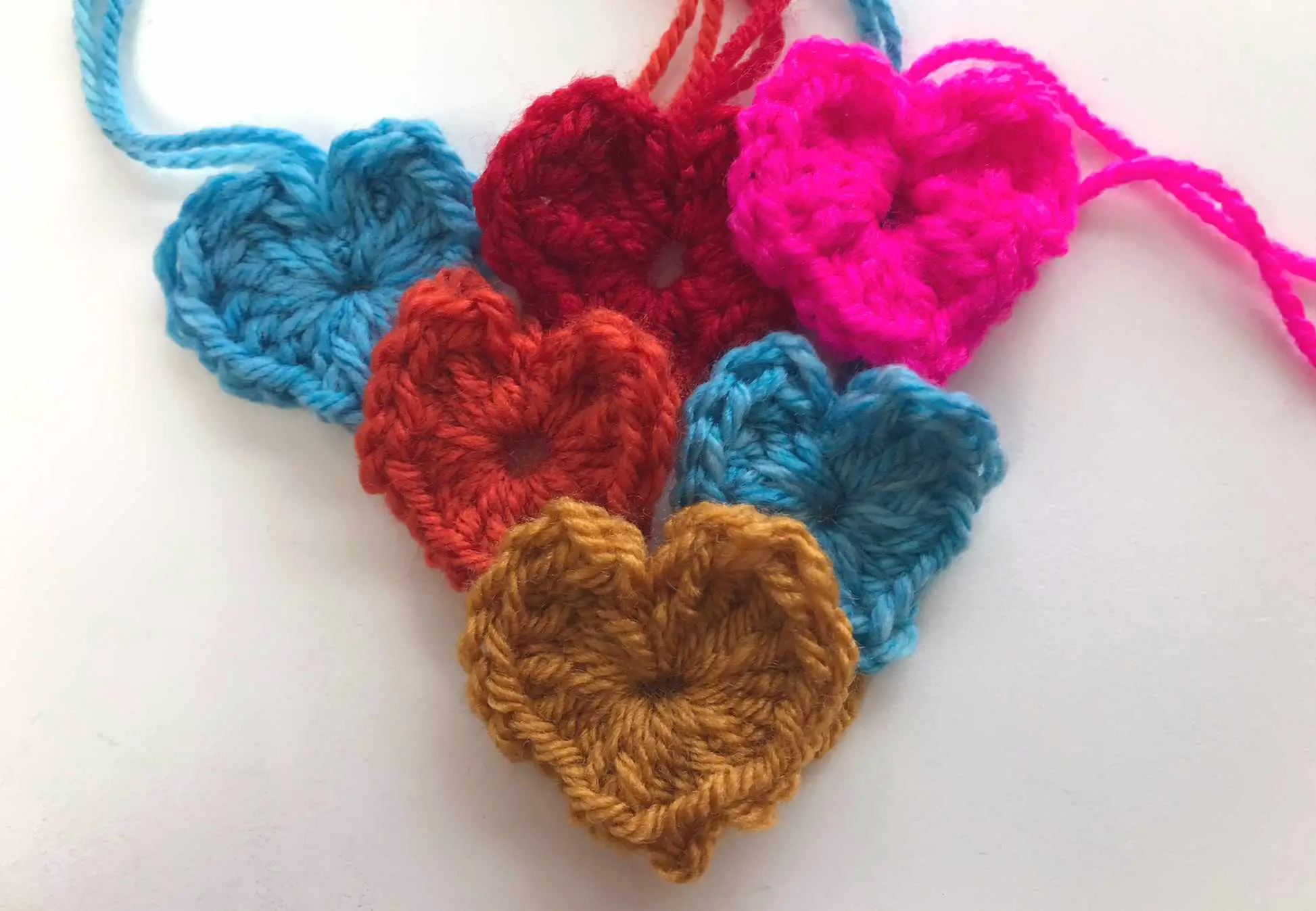
My stitches look uneven. What am I doing wrong?
Don’t be discouraged by uneven stitches! This is common for beginners. Practice makes perfect, and with time, your tension will become more consistent. I must admit that my tension can vary quite a bit if I am doing complicated patterns. I start to grip the hook and yarn too tightly!
Here are my best tips to keep regular tension: relax your grip on the yarn and hook, and try maintaining an even rhythm as you crochet. This will improve as you go so I recommend just working on some beginner projects and enjoying it.
I messed up! How can I fix my crochet mistakes?
Mistakes happen to everyone! The beauty of crochet is that most errors can be fixed. Keep an eye on your work and count your stitches so that you pick up mistakes quickly. Then you can simply unravel a few stitches or rows and then redo them.
Also, your mistakes are not always as obvious as you think they are. Stop and consider if it matters and then carry on. Don’t be afraid to experiment and learn from your mistakes!
How can I care for my finished crochet projects?
The best way to care for your crochet creations depends on the type of yarn used. Always check the yarn label for specific washing instructions. Generally, acrylic or synthetic yarns can be machine washed and dried on low heat. Natural fibers like wool or cotton may require handwashing and laying flat to dry.
This really is a generic answer to a generic question. Any yarn you purchase should have care instructions on the label so make sure you follow those.
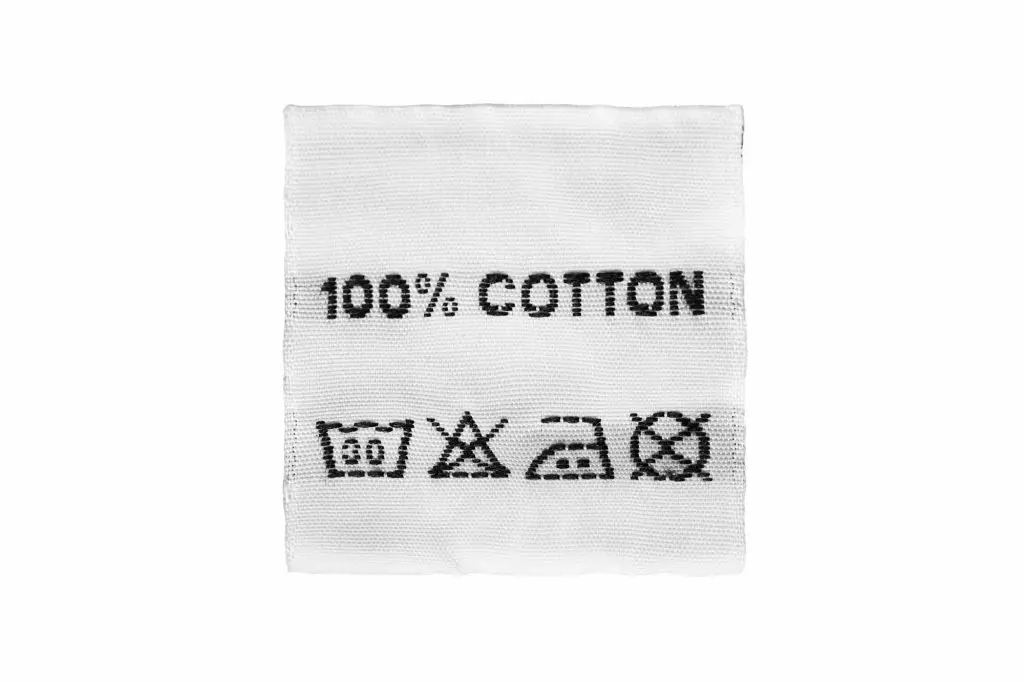
Is there a crochet community online or in my area?
Absolutely! The crochet community is vibrant and welcoming. Many online forums and social media groups connect crocheters worldwide. If you are looking for an online community then look for Facebook groups dedicated to crochet. Often yarn stores set these up.
Or if you are looking for a local group to meet up with then search for local yarn shops or community centres that might offer crochet workshops or gatherings. It’s a fantastic way to share your passion, learn new techniques, and make new friends!
Whichever route you take you will find like minded people, feel inspired and you will learn so much.
And then …
This article does not have all the answers to your questions about crochet and is just the beginning of your crochet adventure. With dedication and a little practice, you’ll be creating beautiful and functional pieces in no time. Remember, the most important thing is to have fun and enjoy the process!
If you are looking for the learn to crochet series then start right here with step 1, the chain stitch. However if you want to explore all the crochet tutorials on this site then visit the crochet section.
If you are interested in crocheting granny squares while they are so trendy then check out my open granny square tutorial. You can also learn how to easily join them here.
If you have any further questions about crochet do please add them to the comments section at the bottom of this article and I will try to answer them.



